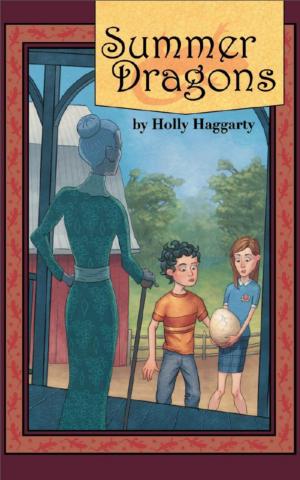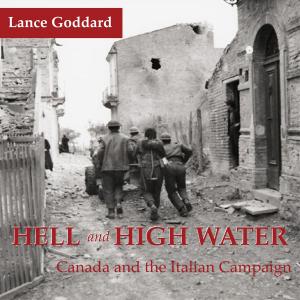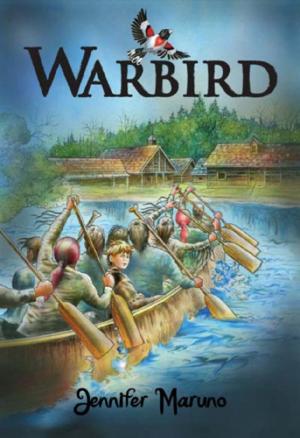Lake Nipigon
Where the Great Lakes Begin
Nonfiction, Travel, Canada, Ontario, Science & Nature, Nature, Environment, Lakes & Ponds, History| Author: | Nancy Scott | ISBN: | 9781459724440 |
| Publisher: | Dundurn | Publication: | December 19, 2014 |
| Imprint: | Dundurn | Language: | English |
| Author: | Nancy Scott |
| ISBN: | 9781459724440 |
| Publisher: | Dundurn |
| Publication: | December 19, 2014 |
| Imprint: | Dundurn |
| Language: | English |
2017 Gertrude H. Dyke Award — Nominated
The history of Lake Nipigon, where the Great Lakes begin.
The name Nipigon is evocative of storied brook trout, cold clear waters, elusive woodland caribou, sweeping vistas, and spectacular scenery. Situated in the heart of Northwestern Ontario, almost every map of North America shows Lake Nipigon as a significant geographic feature, yet few people know its story. As the primary watershed that flows into Lake Superior, Nipigon is the headwaters of the Great Lakes.
This, the first inclusive historical account of Lake Nipigon, provides a fascinating overview of its extensive natural history, including information on species at risk, and interprets the story of human incursion into the area, from its aboriginal prehistory to the colourful fur trade, the harvesting of resources, the coming of the railway, recreational fishing, eventual settlement, and the communities that remain today.
2017 Gertrude H. Dyke Award — Nominated
The history of Lake Nipigon, where the Great Lakes begin.
The name Nipigon is evocative of storied brook trout, cold clear waters, elusive woodland caribou, sweeping vistas, and spectacular scenery. Situated in the heart of Northwestern Ontario, almost every map of North America shows Lake Nipigon as a significant geographic feature, yet few people know its story. As the primary watershed that flows into Lake Superior, Nipigon is the headwaters of the Great Lakes.
This, the first inclusive historical account of Lake Nipigon, provides a fascinating overview of its extensive natural history, including information on species at risk, and interprets the story of human incursion into the area, from its aboriginal prehistory to the colourful fur trade, the harvesting of resources, the coming of the railway, recreational fishing, eventual settlement, and the communities that remain today.















